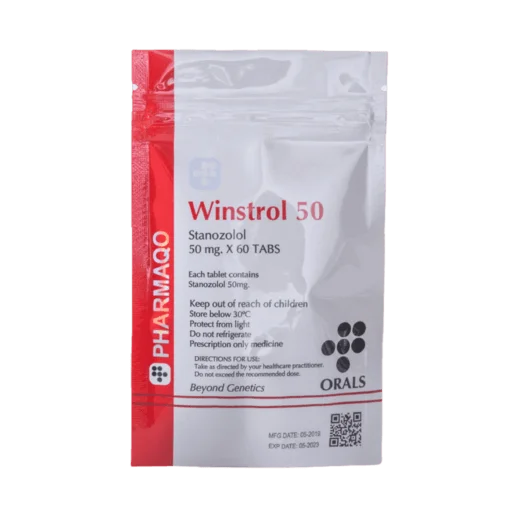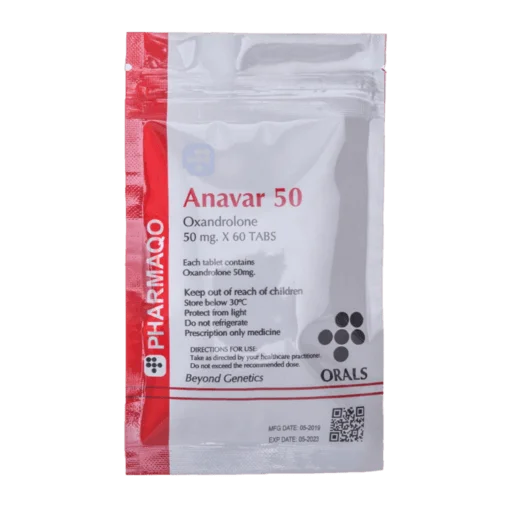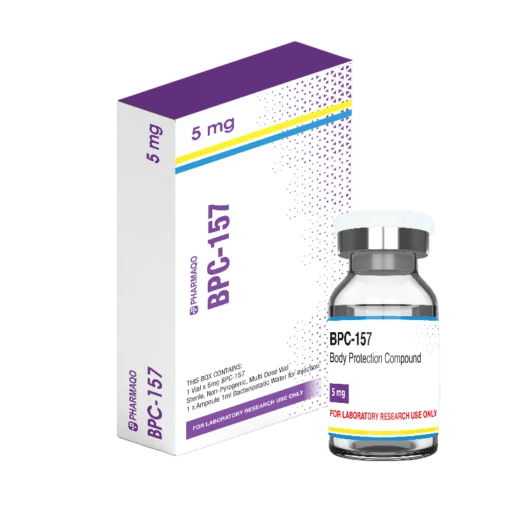Winstrol vs Anavar
Winstrol vs Anavar: A Comprehensive Comparison
When choosing anabolic steroids, Winstrol and Anavar often come up as two popular options. Athletes, bodybuilders, and fitness enthusiasts commonly use these steroids to cut fat, improve muscle definition, and enhance performance. Although Winstrol and Anavar offer similar benefits, their chemical composition, effects, and side effects differ significantly. This blog explores the key differences between Winstrol and Anavar to help you decide which one suits your goals.
What Is Winstrol?
Winstrol, also known as Stanozolol, is an anabolic steroid introduced in the 1960s. It quickly became popular due to its effectiveness in promoting lean muscle mass while cutting fat. Winstrol is often used during cutting cycles to help maintain muscle while reducing body fat.
Athletes favor Winstrol because it enhances strength and speed without causing significant weight gain. These effects make Winstrol ideal for sports requiring agility and power. Users can take it as a tablet or through injections.
What Is Anavar?
Anavar, or Oxandrolone, is another anabolic steroid, initially introduced for medical purposes such as treating weight loss in chronically ill patients. Over time, it gained popularity among athletes and bodybuilders for its ability to promote fat loss and muscle preservation during cutting cycles.
Unlike many other steroids, Anavar is considered milder, making it a preferred option for those concerned about side effects. It comes in oral form, providing convenience to its users.
Key Differences Between Winstrol and Anavar
While Winstrol and Anavar serve similar purposes, they differ in key areas. Below are the main distinctions.
Chemical Composition
- Winstrol (Stanozolol): This steroid is DHT-derived and more potent than Anavar.
- Anavar (Oxandrolone): Although also DHT-derived, Anavar is much milder, resulting in fewer side effects.
Strength Gains
- Winstrol delivers significant strength gains without adding too much bulk. Athletes like sprinters and fighters choose Winstrol to improve performance without gaining excessive muscle mass.
- Anavar provides moderate strength gains, with a primary focus on fat loss and muscle retention rather than dramatic strength increases.
Fat Loss
Both steroids contribute to fat loss, but they do so in different ways:
- Winstrol helps burn fat while maintaining muscle, giving users a vascular, defined look.
- Anavar excels at preserving muscle during a calorie deficit and aids in fat burning, making it ideal for those seeking a lean, toned physique.
Muscle Retention
- Anavar is particularly effective at preserving lean muscle mass during cutting cycles, making it a top choice for calorie-restricted phases.
- Winstrol, although good for retaining muscle, focuses more on hardening muscles to achieve a dry, chiseled appearance.
Side Effects: Winstrol vs Anavar
Both Winstrol and Anavar carry risks of side effects, but they differ in severity.
Winstrol Side Effects
- Joint pain: Winstrol’s lack of water retention can cause discomfort in joints, especially during intense workouts.
- Liver toxicity: Winstrol is known for being harsh on the liver, especially when taken in high doses.
- Cholesterol imbalance: Winstrol can reduce good cholesterol (HDL) and raise bad cholesterol (LDL), increasing the risk of heart issues.
- Testosterone suppression: Like many anabolic steroids, Winstrol suppresses natural testosterone production.
Anavar Side Effects
- Mild liver toxicity: Anavar is gentler on the liver, making it a safer option for extended use.
- Cholesterol issues: While less severe than Winstrol, Anavar can still cause some imbalances in cholesterol levels if used irresponsibly.
- Hair thinning or acne: Some users report minor androgenic side effects, such as hair loss or acne, though these are less common than with stronger steroids.
Which One Is Right for You?
Choosing between Winstrol and Anavar depends on your fitness goals and tolerance for side effects.
Choose Winstrol If:
- You want noticeable strength gains and improved performance without bulk.
- You are aiming for a dry, hard look with enhanced muscle definition.
- You can handle potential side effects such as joint pain and liver stress.
Choose Anavar If:
- Your primary goal is fat loss and muscle retention.
- You prefer a milder steroid with fewer side effects.
- You’re a woman or beginner looking for a safer option.
Can You Stack Winstrol and Anavar Together?
Yes, some athletes and bodybuilders combine Winstrol and Anavar in a stack to maximize results. Stacking them can enhance fat loss and muscle retention while boosting strength. However, using both increases the risk of side effects, so it’s crucial to consult a healthcare professional before starting any steroid cycle.
Usage Guidelines: Cycle Duration and Dosage
Winstrol Dosage:
- Cycle Duration: 6-8 weeks.
- Dosage: 25-50 mg per day for men, 5-10 mg per day for women.
Anavar Dosage:
- Cycle Duration: 6-8 weeks.
- Dosage: 20-80 mg per day for men, 5-20 mg per day for women.
Always follow recommended dosages and avoid extending cycles beyond safe limits to reduce the risk of side effects.
Conclusion: Winstrol or Anavar?
Winstrol and Anavar offer distinct advantages, depending on your goals. If you seek strength gains and a hard, dry look, Winstrol may be the better choice. On the other hand, if you prioritize fat loss and muscle retention with fewer risks, Anavar is an ideal option.
To make an informed decision, always consider your fitness goals, health status, and tolerance to potential side effects. For the highest quality Winstrol and Anavar products, visit Pharmaqo for lab-tested options.

